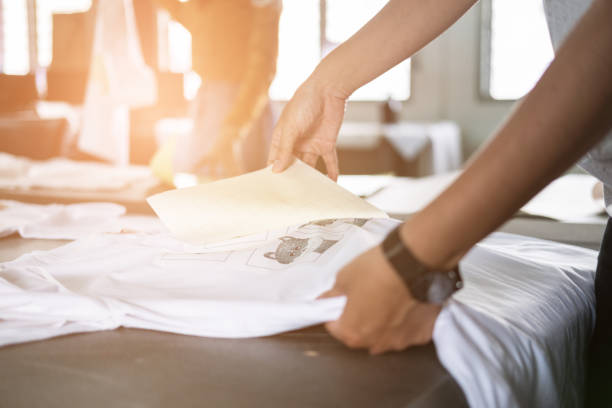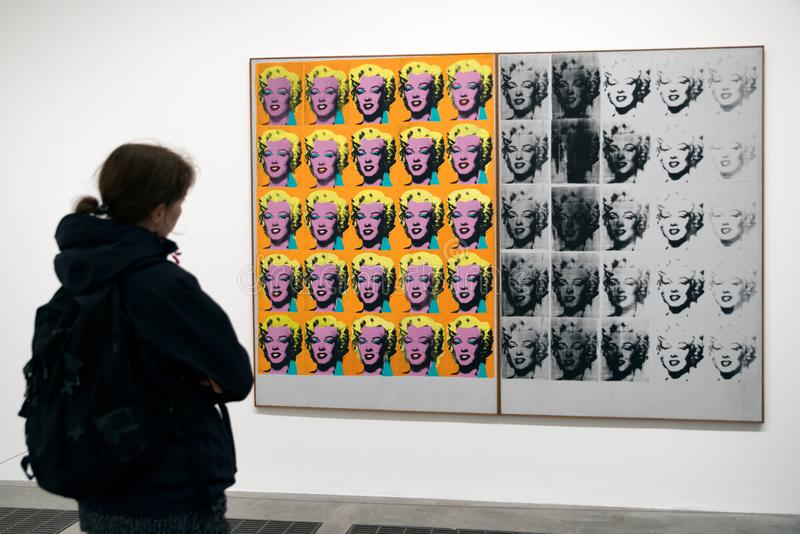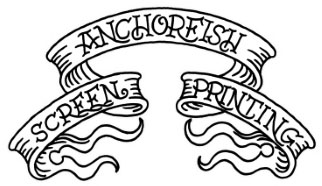
If you’re amazed by how screen printing works, chances are you’ve watched a lot of videos about it. You may even have planned to screen print t-shirts for yourself at some point. We get it, we’re still in the screen-printing craze too. It’s not only reduplication-friendly, but it’s a versatile method to place any design you want onto any surface you can get your hands on, and yes, it doesn’t always have to be t-shirts!
Screen printing can be a great business venture if you have an artistic streak and a passion for fashion expression or poster-making. But did you know this wasn’t only done for t-shirts and other modern stuff before? Get ready as we recount how this printing technique evolved through the millennials until today.
Prehistoric: Early Man Does Stencils
Neanderthals were known to hunt for food, gather supplies and provide a fire for their small community, but did you know they are also curious about art back in their days? Hand stencils were found around the world, most notably the cave of El Castillo in Spain, and in Marseille, France, in the Cosquer Cave.
These stencils consisted of neanderthal hands pressed against cave walls and colored around by pigment. Most archeologists found them to be of charcoal and iron oxides bound with animal fat. This was the first venture of man into stenciling which will evolve as we move forward into time.
Silkscreen Printing: Ancient China&Japan
Fast-forward to ancient china, during the 960–1279 AD, Song Dynasty, and the first notable use of this method arose. At this time, instead of silk, the mesh was made from human hair, and stencils were of paper. The use of metal has yet to be a normal occurrence in this era, and paper was abundant instead. Stiff brushes were used to force the ink into the substrate instead of a squeegee.
Japan has observed this method and, as the Japanese always tend to do, invented something a level higher. Thus silk mesh was used instead of hair. But this was yet to create a worldwide reputation, as silk was hard to come by. That is until the 17th century came around.
Renaissance Period And Beyond: Europe&America Join The Craze
At that time, France had taken this method and added the technique we know today: silk stretched and framed to accommodate stencils. This practice was carried out until the next century.
The 18th century rolled by and western Europe got a hold of the method. They further developed it until it became the most popular method to reduplicate designs onto substrates. During the 1880s, a historical mark was made in screen printing, as both the United States and the U.K had pursued screen printing but under different names. Both used a wax paper fixed upon the frame and made use of a squeegee to force the ink through. America called it Mimeograph, and it was known as Cyclostyle in the U.K.
Civil Rights Era: Developing Further
During the 1960s, silkscreen printing was used to produce much of the merchandise for the antiwar and women’s rights movement, faster than any method, such as painting. Because of this, screen printing onto t-shirts has started in this era as an important part of self-expression, and even made its way into art, like Andy Warhol’s iconic Marilyn Diptych from 1962.

Screen Printing Today
Modern silkscreen printing has evolved since its use before, now catering to using substrates made of wood, paper, and even fashion accessories such as hats. It became a booming business as fashion rose during the early 20th century and has continued to be the primary method of design reduplication until today.
